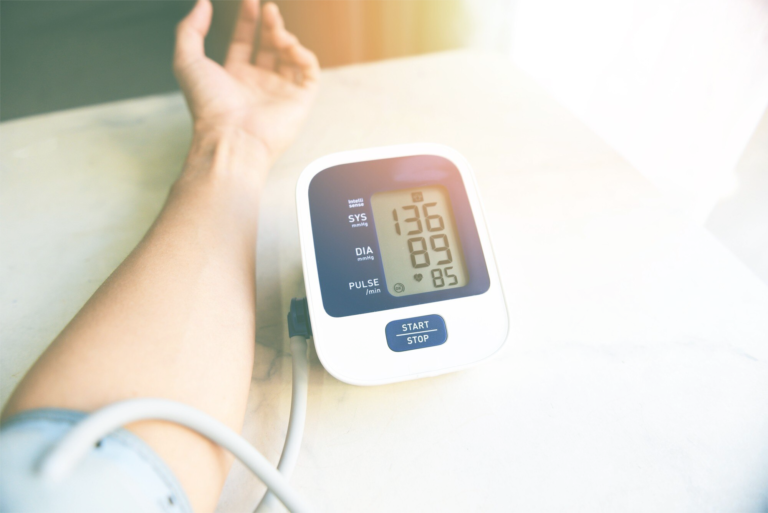Pregnancy changes your body in unexpected ways, but did you know that high blood pressure (BP) can persist even after childbirth? If you’re experiencing headaches, dizziness, or unexplained fatigue weeks or months postpartum, your BP might still be elevated—and it’s not something to ignore.
1. Why Does Blood Pressure Stay High After Pregnancy?
For many women, gestational hypertension or preeclampsia doesn’t end immediately after birth. Instead, postpartum hypertension can last for weeks or even months. Here’s why:
- Hormonal fluctuations can keep the blood pressure high
- Fluid retention & blood volume changes take time to normalize
- Postpartum stress & sleep deprivation add to BP spikes
- Underlying conditions like thyroid issues or insulin resistance play a role
- C-section recovery & medications may impact blood pressure levels
2. Signs Your Postpartum Hypertension Needs Immediate Attention
While mild fluctuations are normal, persistent high high blood pressure can increase the risk of heart disease and stroke. Look out for these warning signs:
- Severe headaches that don’t go away
- Blurry vision or sensitivity to light
- Chest pain or shortness of breath
- Swelling in hands, feet, or face
- Sudden weight gain or nausea
Experiencing these symptoms? Don’t wait—book an appointment with Paloma Care doctors today..
3. How to Naturally Lower Your Blood Pressure After Pregnancy
If your BP is still high after childbirth, these doctor-recommended lifestyle changes can help regulate it naturally:
1. Optimize Your Diet for Heart Health
- Increase potassium-rich foods like bananas, coconut water, and spinach
- Reduce salt intake and processed foods
- Eat magnesium-packed foods (nuts, seeds, dark chocolate)
- Drink methi & jeera water to support BP regulation
2. Manage Stress & Improve Sleep
- Practice deep breathing or guided meditation
- Prioritize rest whenever your baby sleeps
- Try gentle yoga & stretching for relaxation
- Set realistic expectations for postpartum recovery
Struggling with postpartum stress? Talk to our mental health experts. Book a session.
3. Stay Active with Gentle Exercises
- Start with slow walks to improve circulation
- Pelvic floor & core-strengthening exercises aid recovery
- Avoid overexertion—gradually build stamina
4. When to Consider Medical Treatment
If lifestyle changes aren’t enough, your doctor may recommend medication or further tests to rule out other issues like kidney disease, thyroid disorders, or postpartum preeclampsia.
Final Thoughts: Take Control of Your Postpartum Heart Health
High blood pressure after pregnancy isn’t just a temporary inconvenience—it’s a health risk that needs attention. With the right diet, stress management, and expert support, you can lower your BP naturally and stay healthy for years to come.



